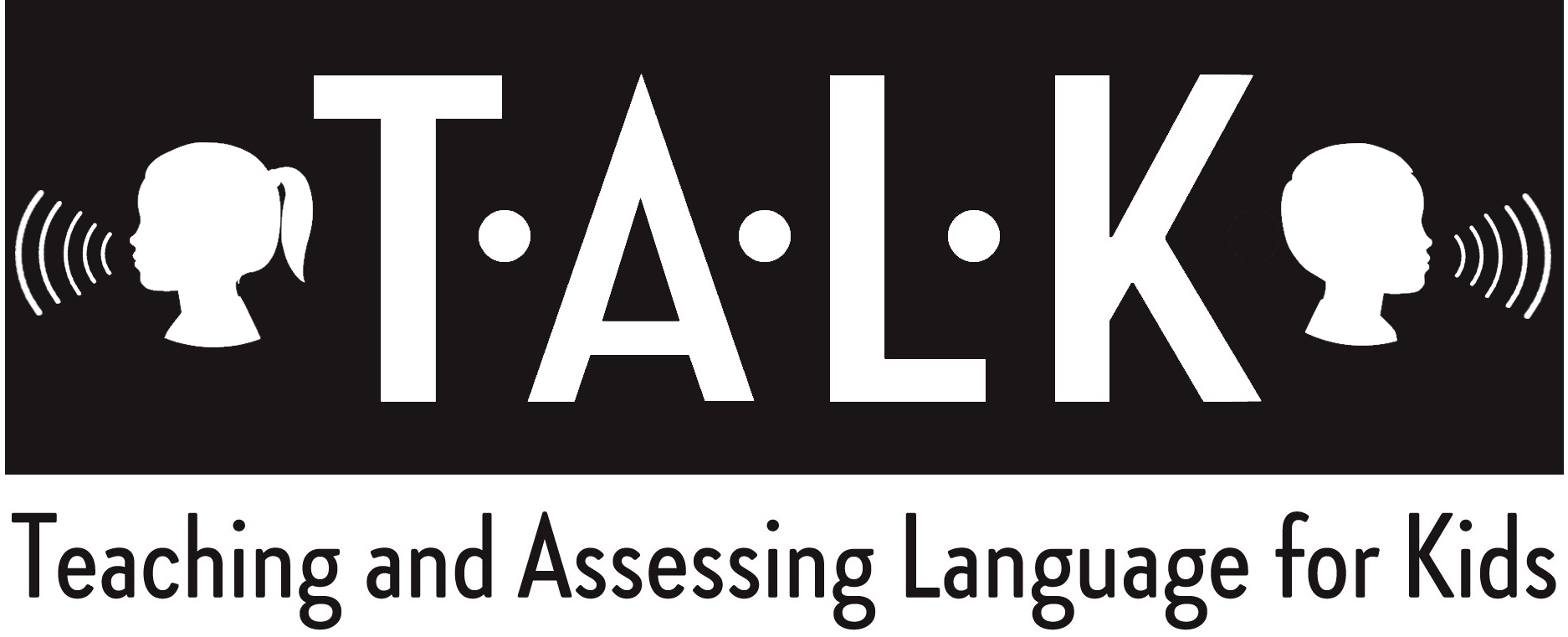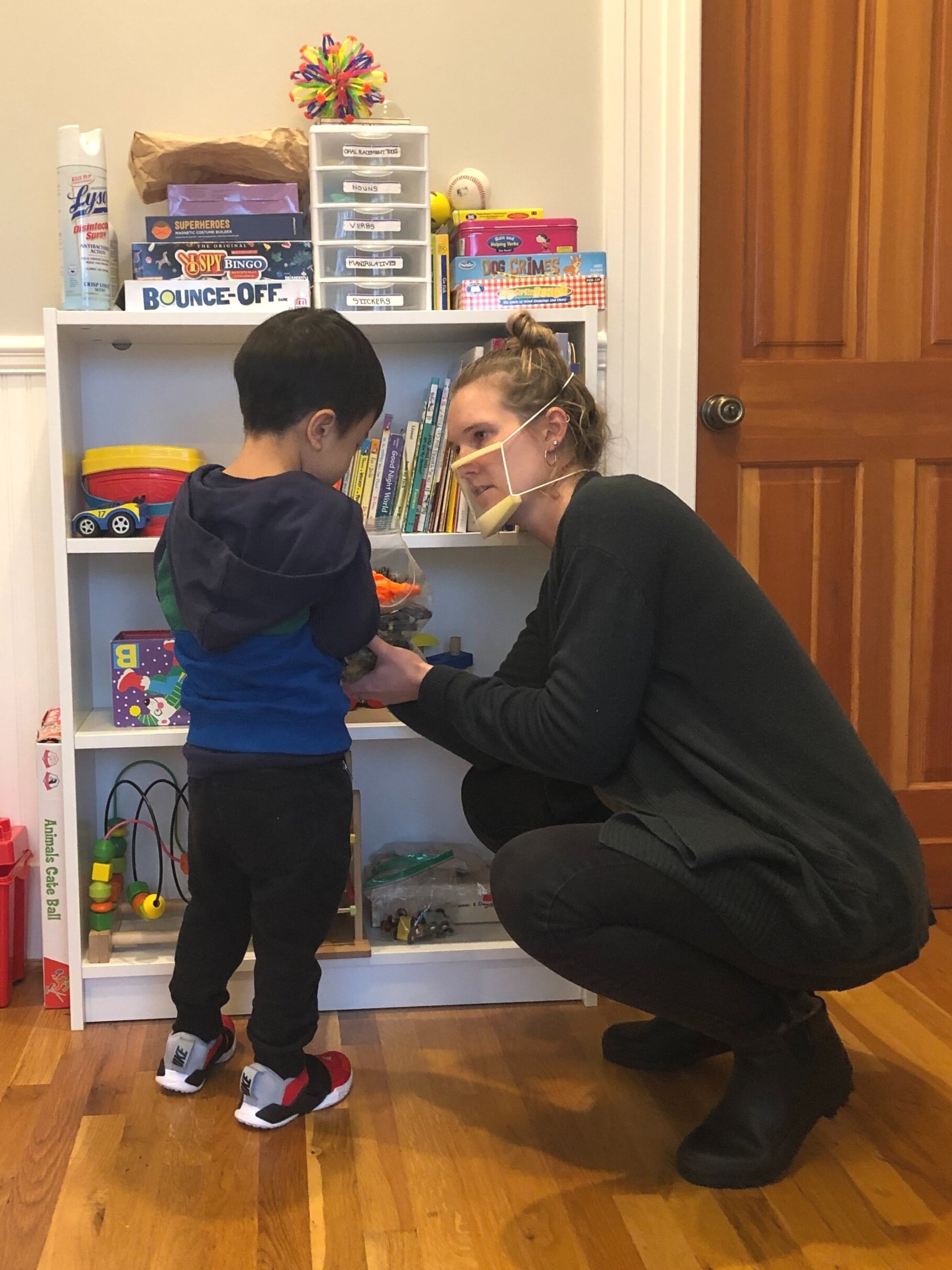Speech and Language
DEVELOPMENTAL MILESTONES
Speech and Language development varies from one child to another. However, there is a typical progression for learning these skills. Milestones are identifiable skills that serve as a guide to typical development. Basic skills usually develop before more complex skills and there is a general age when most children attain each.
If your child is not demonstrating milestones within those general ages or if you have any questions regarding their skills, we recommend that you make an appointment for an initial assessment at TALK. A licensed Speech-Language Pathologist can determine whether treatment is needed and/or provide you with suggestions to encourage speech and language development.
Download a pdf file of the developmental milestones.
SPEECH AND LANGUAGE DEFICITS
We treat a variety of deficits at TALK. Some children only have one of the issues described below, while other may have combinations with varying severity. The following provides a brief overview of the most common types of communication disorders targeted at TALK:



